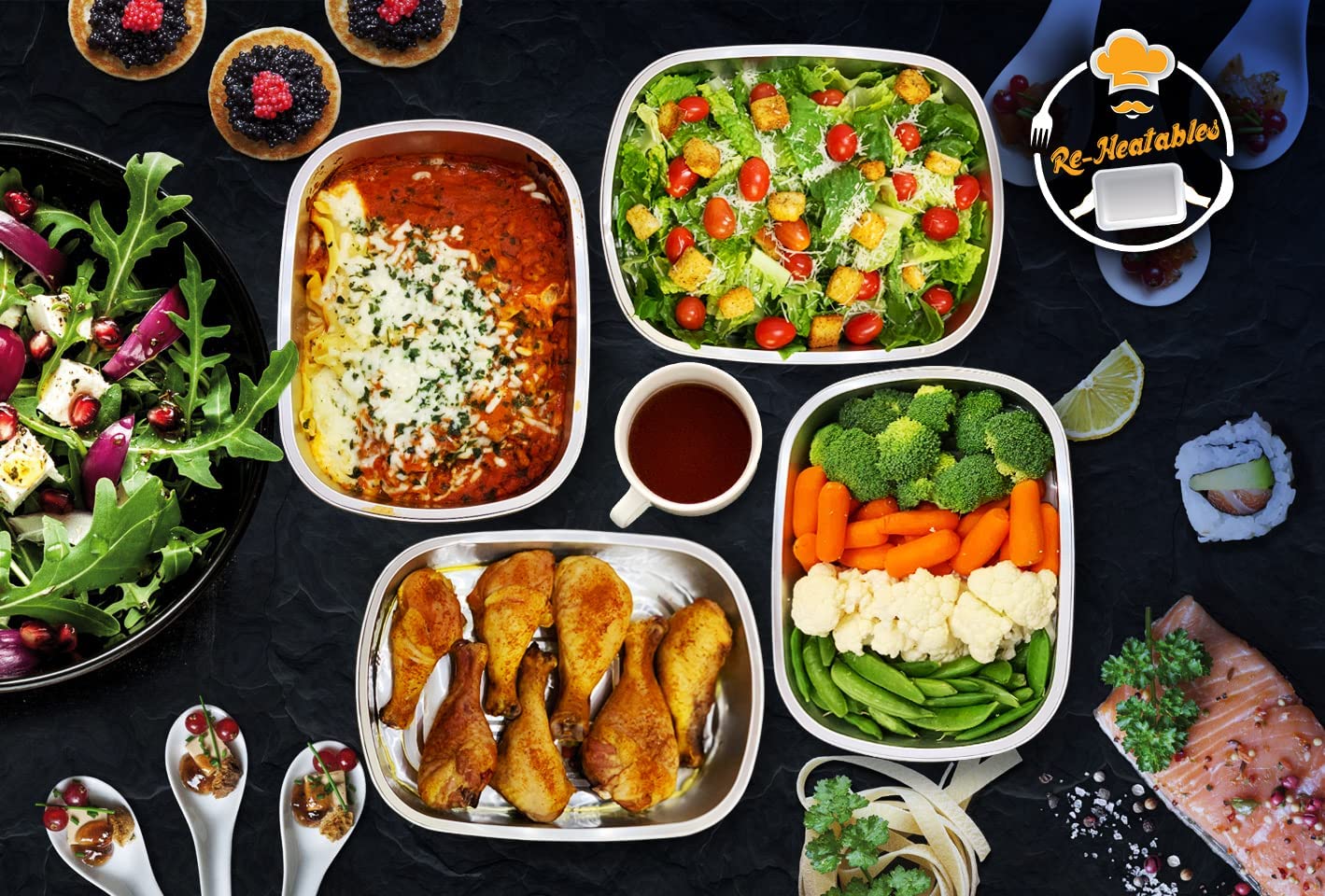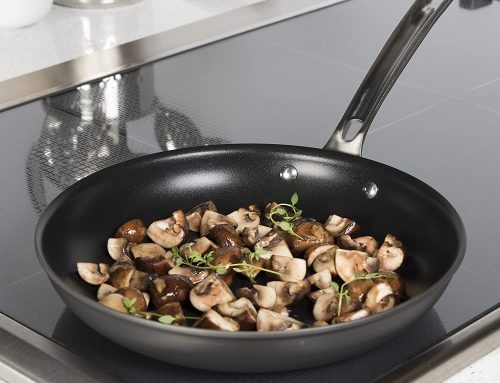Is aluminum in contact with food safe? Aluminum is an element present in nature, both in water, the air, and the soil. It can be present in traces in our body, which can come into contact with aluminum, especially through the use of kitchen utensils, such as pots, ladles, pans, tubs, coffee pots, water bottles, and food containers.
Is aluminum in contact with food safe? Aluminum is an element present in nature, both in water, the air, and the soil. It can be present in traces in our body which can come into contact with it, especially through the use of kitchen utensils, such as pots, ladles, pans, tubs, films, coffee pots, water bottles, and food containers.
Can using them be risky? CREA conducted a study to ascertain the real levels of aluminum ingestion in the Italian population, to understand what the health risks may be related to the presence of this element in the diet.
The study started from an extensive survey conducted on 10,000 families in various Italian regions and focused above all on food subjected to culinary preparation, but also on food simply preserved in aluminum containers. The data obtained thanks to the trials allowed a comparison between potential and actual aluminum ingestions in the population.
Potential ingestions were obtained from the concentration of aluminum present in food reported by scientific literature. The actual intakes were instead obtained from diet samples referring to groups of the adult population with different eating and lifestyle habits.

Aluminum and food: is the contact safe?
The different diets followed by the groups of people included in the study showed how the differences in the aluminum content that emerged were attributable to some main factors, such as the methods of culinary preparation of the foods (cooking with or without aluminum containers) and the presence in the diet of foods treated with aluminum-containing additives.
The World Health Organization establishes an acceptable maximum daily intake for aluminum of 60 mg per day. The levels found directly in various Italian regional diets are between 3 and 6 mg per day, data which, alongside what is theoretically calculated for potential ingestion, show an exposure level included in a safe band.
COOKING AND STORAGE OF FOOD IN ALUMINUM
However, it remains clear that one of the possible causes of aluminum intake in the diet is made up of packaging materials and food packaging and food cooking, especially if it takes place in aluminum containers.
What does the law establish in this regard? No specific rules are established for aluminum as regards materials and objects intended to come into contact with food (Ministerial Decree of 21 March 1973). Reference is therefore made to the general principles established by Law no. 283 of 1962. which prescribes that material in contact with foodstuffs must not transfer harmful substances to them and must not alter their organoleptic characteristics.
Experts have conducted investigations into this matter, taking into consideration trays, films, and aluminum pans on the one hand, and coffee makers (articles cast in aluminum) on the other. The tests were conducted with the use of liquids to verify the transfer of aluminum from the container to the contents, with particular reference to water, sunflower oil, or acetic acid. The migration of substances from the container to the contents was found to be close to zero with the use of water or sunflower oil. The case of acetic acid was different, which confirmed the hypothesis of the formation of aluminum acetate and some other foreign substance.
In conclusion, the migration of aluminum into foods, caused by their permanence in storage containers or during cooking, would generally be minimal, except for more acidic substances, such as vinegar and tomatoes. Furthermore, it has been found that the use of salt helps to increase the migration of aluminum to food. Presumably due to the presence of salts, drinking water extracted more aluminum than distilled water during the experiments.
The results obtained reaffirm that prolonged contact at room temperature, or in any case not refrigerated, with acidic foods must be avoided out of prudence, and that in general, assuming a normal meal for an average Italian, one can arrive at less contamination of 1 ppm (part per million) per meal, in the hypothetical case that everything is prepared in aluminum containers. Alteration of food flavor would only occur in pickled products stored for a long time in aluminum containers at non-refrigerated temperatures.
As a rule, it is difficult for an Italian family to prepare their meals using only aluminum pots, trays, and containers. In case of particular concerns or health problems, it is however very simple to get around the problem, avoiding contact of food with aluminum, for example, using Pyrex glass pans for cooking and glass containers and jars for storing foods.
Finally, here are some practical tips. If you have aluminum pots or pans, remember not to use them to prepare tomato sauce, to cook tomatoes, or for recipes that include acid substances, such as vinegar, among the ingredients. As for the aluminum trays and films, it is not difficult to do without them, but if we have to use them, remember not to put them in contact with still-hot foods and with acidic ones, such as tomatoes, lemons, and other citrus fruits. As for the coffee maker, there are models with coatings that avoid the presence of aluminum in contact with water.
It is advisable not to clean the coffee makers with acidic substances, such as vinegar, but simply wash and rinse them with water, and if necessary, with a little soap. Also, pay attention to the dishwasher: steel pans can get damaged and stained due to the detergent used and due to oxidation.








